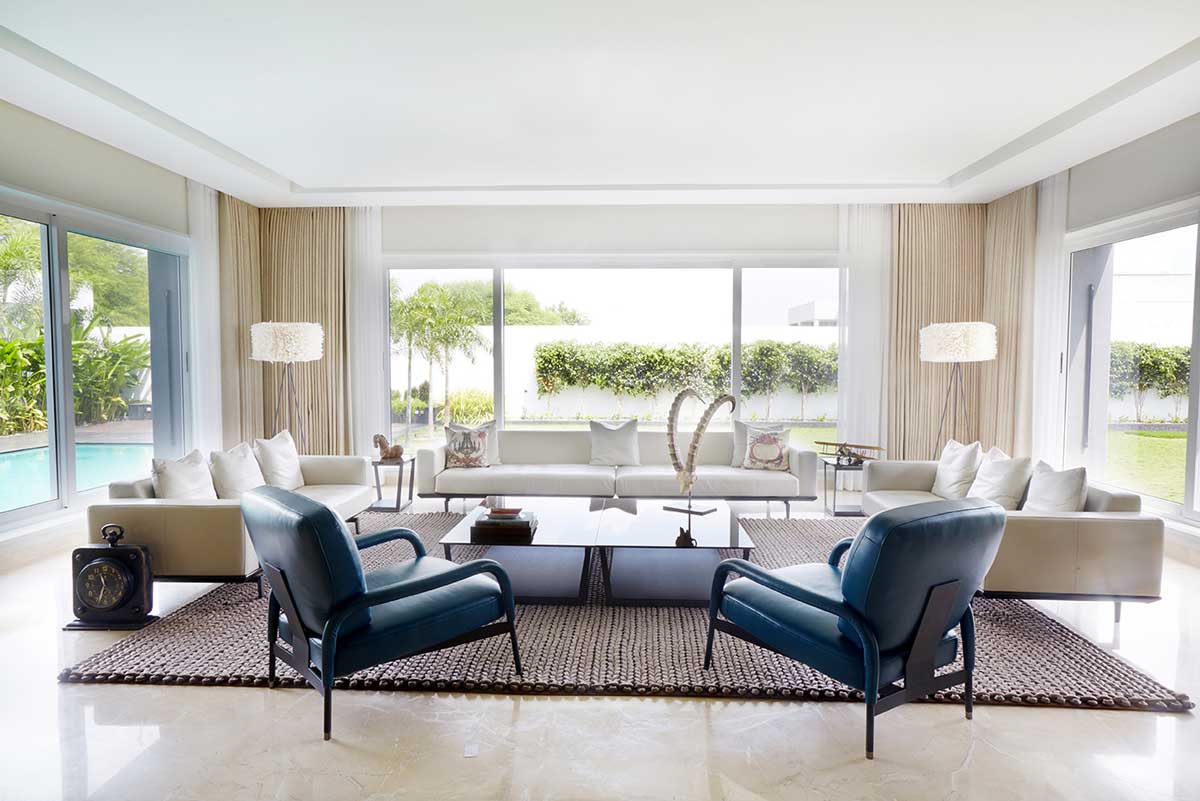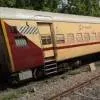The right doors and windows can add significant value to real estate. When CW asked architects and developers about their preferred materials for doors and windows, their diverse responses explained why the market is flooded with options, from UPVC and wood to steel, aluminium and glazed units. Each material has its pros and cons, making it well suited to a particular application. We profile a cross-section of the choices in vogue.Customised UPVC offers durability with style“Where we prioritise durability, we choose UPVC windows,” says Lindsay Bernard Rodrigues, CEO & Co-Founder, The Bennet and Bernard Company. “UPVC windows are additionally easy to shape and customise, strong and resilient, resistant to rust, warp and swell, eco-friendly and sustainable, and noise-reducing and soundproof. They are ideal for regions with low humidity, where they do not fade or discolour. For instance, we used UPVC for Casa del Leon, where we needed more arches to achieve a Georgian look, and black UPVC for Grosvenor House where we wanted to achieve a Victorian look.”“We opted for a UPVC frame custom-fitted with Georgian bars to create French windows for a 3,500-sq-ft flat in Odyssey II in Powai, Mumbai,” says Nilesh Sawant, Principal Architect, Nilesh Sawant Architect. “UPVC is easy to maintain and highly resistant to moisture, rot and insect damage, making it ideal for long-term use without the need for frequent painting or staining. Also, UPVC French windows often come with advanced locking mechanisms and hardware, thus enhancing safety.”“Multiple chambers in the design of the UPVC frame trap air, acting as a natural insulator,” he adds. “This helps reduce heat loss in the winter and heat gain in the summer, leading to lower energy bills and a more energy-efficient home. The insulation properties of UPVC French windows not only help with temperature control but also create a barrier to outdoor noise, making your home quieter and more peaceful. This feature is particularly beneficial for buildings in or near noisy urban environments. The addition of Georgian bars in a grid-like pattern enhances the aesthetic appeal of the windows, giving them a classic and timeless appearance. Georgian bars can be customised to match the architectural style of a building, making them a popular choice for those looking for a traditional or heritage look.”Slim aluminium profiles amenable to large-sized windows“Aluminium window frames are our preferred choice for being low maintenance and amenable to larger sizes,” says Roopak Karwal, Managing Director, Karwal Engineering Company. “UPVC is undergoing further development. It is still a heavier choice than aluminium, which necessitates slimmer sections allowing greater visibility. Aluminium has its own strength whereas UPVC relies on the strength of the inner mild steel. Also, aluminium windows are lighter and easier to slide, especially when the frames are large and the rollers have worn out. Aluminium frames are also suited to safety glass which is slightly thicker than regular glass.”“We create unique exterior façades with large windows and balconies, for which we typically use aluminium Slimline door window systems with thermal break technology, which, in turn, enhances the overall energy-efficiency of the building, allowing for reduced energy consumption and improved comfort for residents,” says Zafar Masud Chaudhary, Founder & Principal Architect, Habitat Architects. “For instance, we used Slimline for the indoor pool house of a private villa project and a luxury residential project. Slimline window frames have a non-conductive material between the inner and outer parts. This thermal barrier helps minimise heat transfer and improve insulation, thus reducing energy consumption and improving the overall thermal performance of the building.”Steel doors combine aesthetics with safety“We use Shakti Hormann steel doors with a wooden streaked finish for extra safety with a rich, elegant, natural look,” says G Anand Reddy, Director, INDIS Smart Homes. “When we started out in Hyderabad in 2011, we used conventional wooden doors. We switched to this option during our INDIS Viva City project to enhance indoor aesthetics and eliminate the hassle of seasonal expansion. Hormann’s steel doors are stronger than any conventional wooden doors or frames, and more durable and resistant to physical damage, making them a reliable choice. Additionally, the door’s groove seal protects the frame from hard bangs, making it a better functional choice. The installation process is smooth and easy.”Ever-natural, ever-appealing wooden doors“Wooden windows and doors are more natural and appealing, and our choice where we want an environment-friendly and sustainable, insulating and energy-efficient solution,” says Lindsay Bernard Rodrigues, CEO & Co-Founder, The Bennet and Bernard Company. “These are also durable, versatile, aesthetic and adaptable. We opted for wooden doors for Casa Del Leon, where these were blended seamlessly with UPVC windows.”Smart glass makes for smart windows and doorsThermochromic glazing is the newest product for windows and doors, according to Rupesh Baid, Principal Architect, AND DESIGN Co. “Thermochromic glazing uses smart glass technology to enhance performance, increase size and lower cost. We have tried to work with this technology, which can be applied to interior patterns as well as windows, doors and skylights. Smart glass, sometimes referred to as switchable glass, is a kind of glass that can alter how it transmits light in response to an electric current or other stimulus. Since this technology has so many advantages in terms of energy-efficiency, privacy, comfort and aesthetics, it is anticipated to grow in sophistication and use over the next five years.”“As an architect, I feel that vacuum IGUs, triple glazing assemblies, glass coatings and insulation are some optimal glazing solutions, and the value of the project can be determined through them,” adds Baid.“We incorporate smart glass technology, also known as switchable glass or electrochromic glass, to control the amount of light, glare and heat entering a building, providing greater flexibility and energy-efficiency,” says Zafar Masud Chaudhary, Founder & Principal Architect, Habitat Architects. “Smart glass can be controlled manually or automatically, depending on the desired level of privacy, daylight or energy management. Integrating smart glass into a residential project helps create a dynamic and adaptive environment.”Double-glazed units for Gold-rated buildings“Mindspace Business Parks crafts new-age, contemporary, impactful and environmentally responsible workspaces by enhancing efficiency and functionality,” says Raman Sapru, Director, Design & Engineering, Mindspace Business Parks. “To achieve this, in Building 9, Gigaplex, Mindspace Airoli West, we implemented a unitised system with double-glazed unit (DGU) performance glass with low solar heat gain coefficient (SHGC) in our façades, reducing heat load and enhancing acoustics. This helped achieve an IGBC Gold rating for the project.”“Additionally, we have integrated polyvinylidene fluoride (PVDF)-coated perforated screens at shaft locations to enclose mechanical and electrical services while also focusing on enhancing the aesthetics,” he continues. “Further, we have reinforced the ground floors with stone cladding as opposed to including more windows, ensuring durability and resilience to pedestrian movements.”Incorporate colourful door locksThe design of locks for inner doors has changed considerably, according to Roopak Karwal, Managing Director, Karwal Engineering Company. “Considerable innovation has brought many coloured products, whereas earlier we had only stainless-steel locks.”Driven by growing awareness and the demand for security, the door lock market has seen the introduction of mortise locks, RFID locks, digital keypad locks, and fingerprint, Wifi, and Bluetooth-operated locks. The design of locks for inner doors has also changed considerably, considerable innovation has brought many coloured products whereas earlier we had only stainless steel locks, says Roopak Karwal, Managing Director, Karwal Engineering Company. - Charu Bahri




















